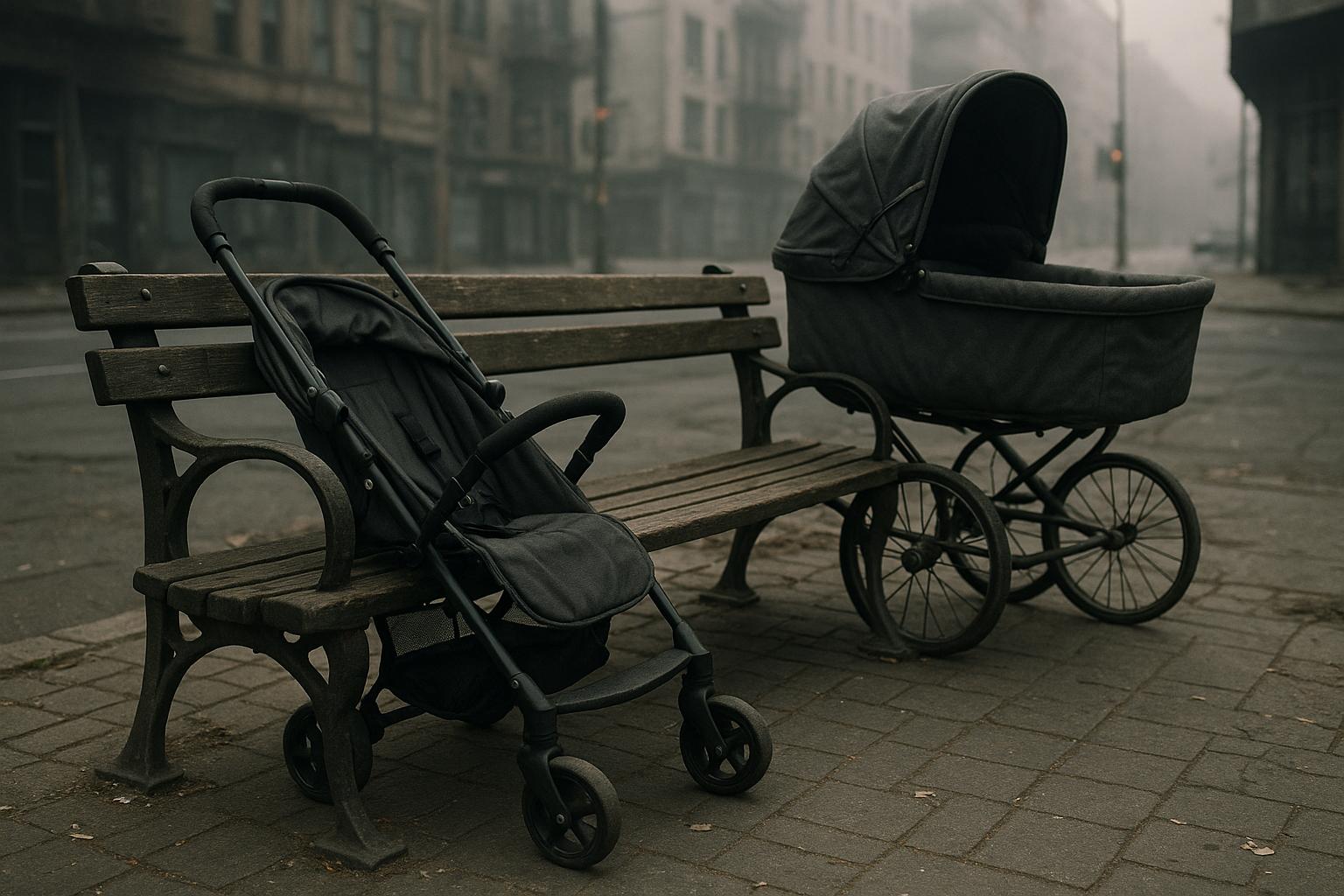London is witnessing a significant demographic shift as families are increasingly being priced out, contributing to the sharpest decline in birth rates in over a decade. According to reports presented to the London Assembly, births in the capital fell by 20% from their peak in 2012 to 2023, with inner London boroughs in particular facing a steep drop in fertility rates. This decline has triggered a substantial decrease in the number of children attending primary schools, compelling educational authorities to consider school closures and consolidations that will likely continue or intensify in the coming years.
The driving forces behind this trend are complex yet strongly tied to economic pressures. The soaring cost of living, with housing costs cited as a central factor, has dramatically altered the city’s demographic profile. Gentrification and a reduction in social housing availability have played prominent roles in displacing families, pushing many out of inner London and, in some cases, out of the city altogether. Susie Dye of the anti-poverty charity Trust for London emphasised the correlation between rapid income shifts across 53 areas in London and the reduced numbers of children under 15, noting that two-thirds of these areas are in inner boroughs such as Westminster and Kensington and Chelsea, which have experienced child population declines of around 25%.
The housing crisis is acute, with about 95,000 children living in temporary accommodation despite boroughs owning some 390,000 social homes. This instability deters family expansion, particularly given cultural expectations in the UK around home ownership prior to starting a family. Dr Bernice Kuang, a demography expert at the University of Southampton, highlighted that private rental housing, which predominates in expensive inner London, is not viewed as a conducive environment for raising children. Compounding matters is the high cost of childcare, which in inner London averages nearly £185 per week for 50 hours—a stark contrast to less expensive regions like the East Midlands.
This demographic shift is already reshaping the educational landscape. London Councils projects a 3.6% decrease in reception pupil numbers over the next four years, equivalent to 3,195 fewer places or the loss of 117 reception classes. The Education Policy Institute notes that pupil numbers in London primary schools are falling at double the national rate, with inner boroughs like Westminster, Southwark, and Camden experiencing declines exceeding 10%. These drops are not merely statistical but carry profound implications including financial strains on schools, potential reductions in staff and curriculum breadth, and the risk of school closures or mergers, particularly affecting community cohesion and educational standards. Katherine Hill of the child poverty campaign group 4in10 voiced concerns about the disrupting effects of school closures, especially for children still recovering from the educational impacts of the pandemic.
The consequences extend beyond schools. The overall decline in children affects how the city functions and feels, stripping away essential community hubs like local schools which serve as more than just educational institutions. Joanne McCartney, deputy mayor for children and families, has stressed that creating a child-friendly environment in London benefits all residents, yet significant progress is still needed. Advocates call for targeted steps to make London more welcoming for families, including policies to increase affordable housing and childcare. Hill specifically urged the mayor to pursue child-friendly city accreditation to reinforce London’s commitment to nurturing young residents.
In sum, London faces a demographic challenge that intersects with housing, social equity, and the future of public services. While the capital retains its cultural vibrancy and many assets that could attract families, affordability remains the barrier preventing many Londoners from starting or growing their families within the city. The long-term implications for London’s economy and social fabric will depend heavily on how swiftly and effectively these systemic issues are addressed.
📌 Reference Map:
- Paragraph 1 – [1], [6], [2]
- Paragraph 2 – [1]
- Paragraph 3 – [1], [7]
- Paragraph 4 – [1], [3], [4], [6]
- Paragraph 5 – [1], [5], [6]
Source: Noah Wire Services
